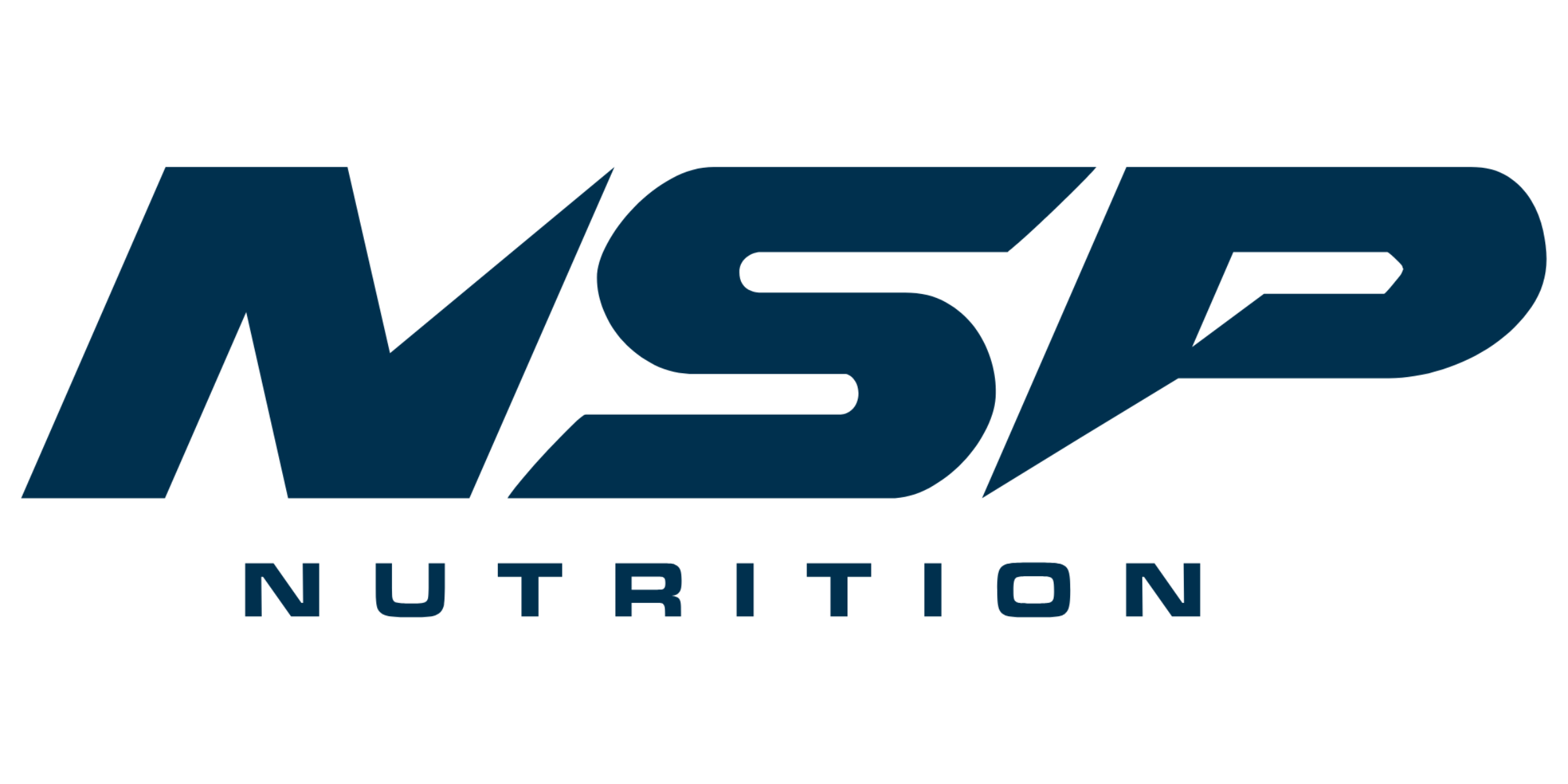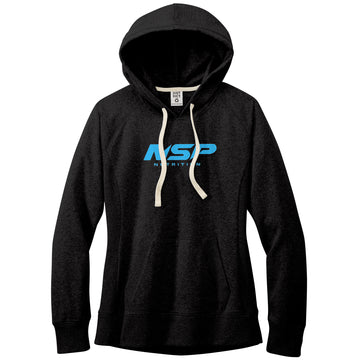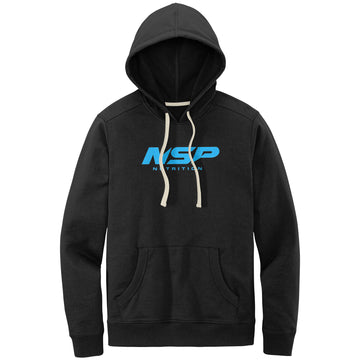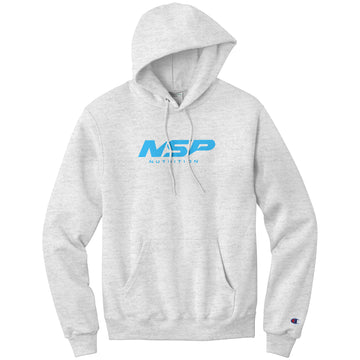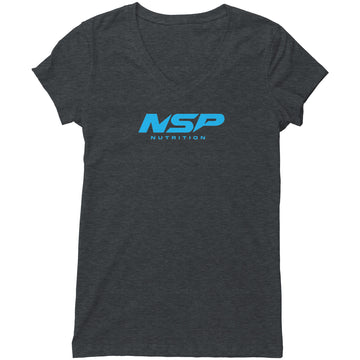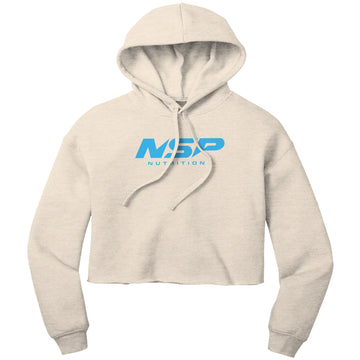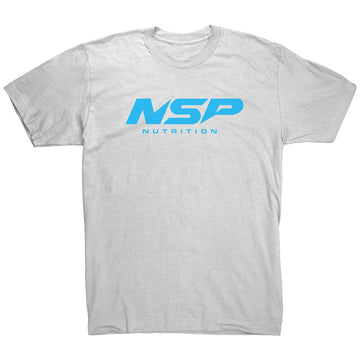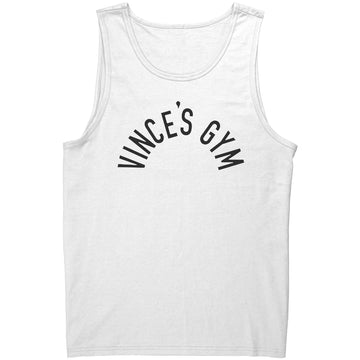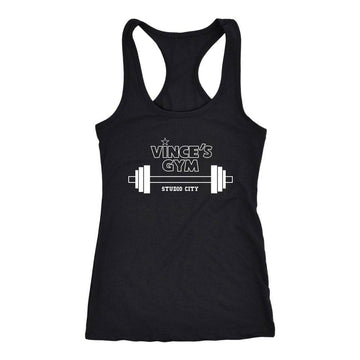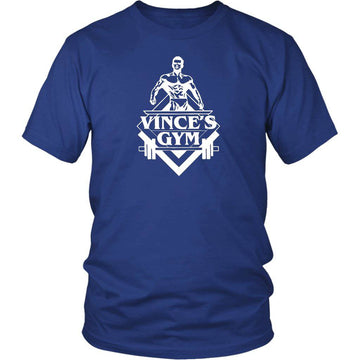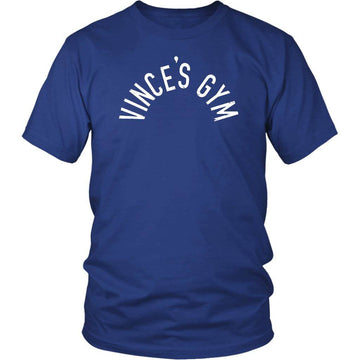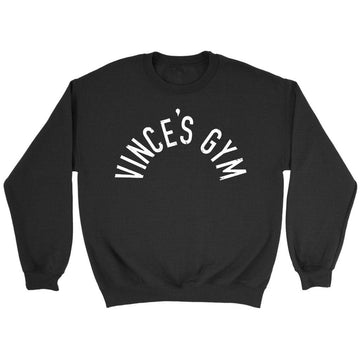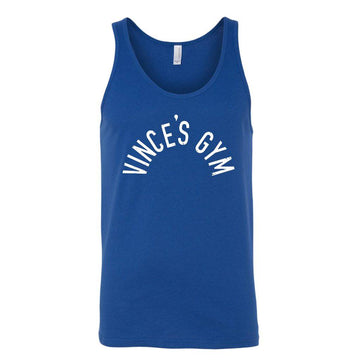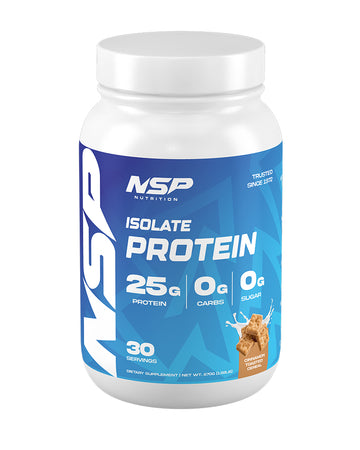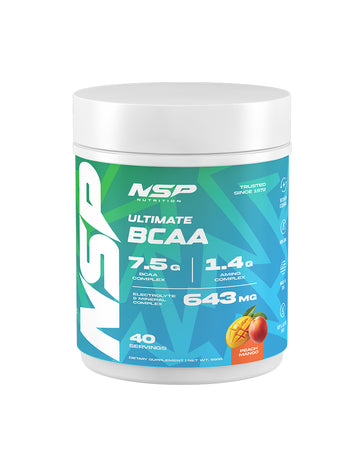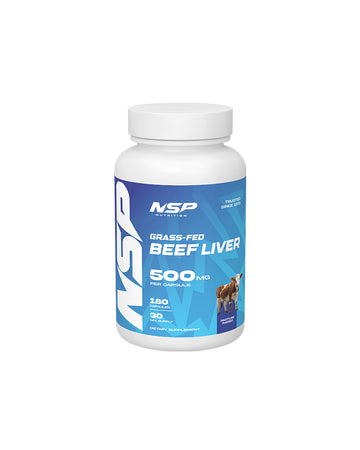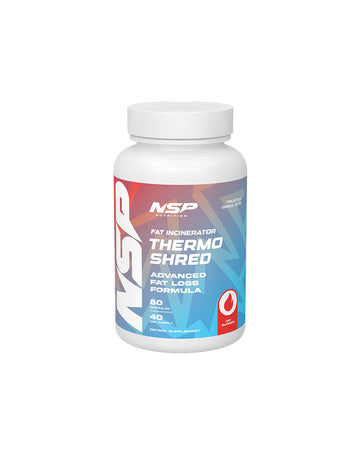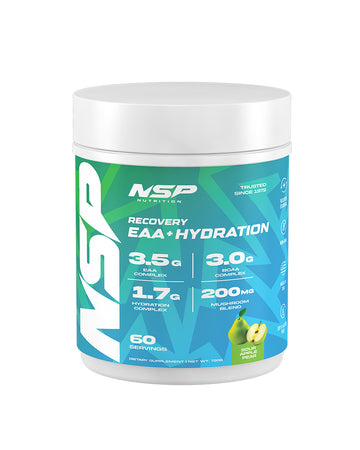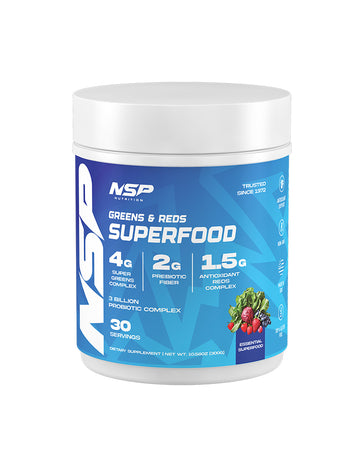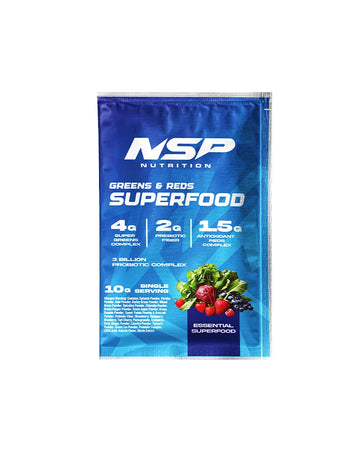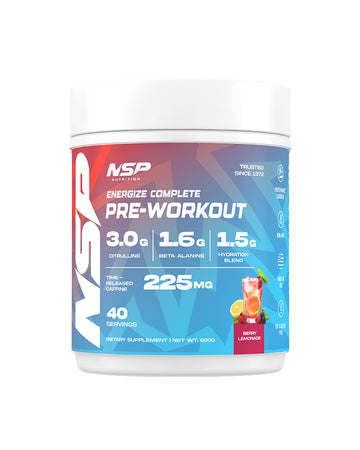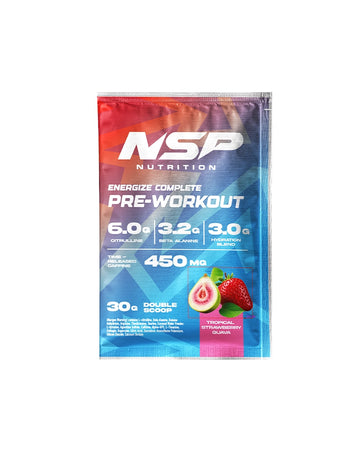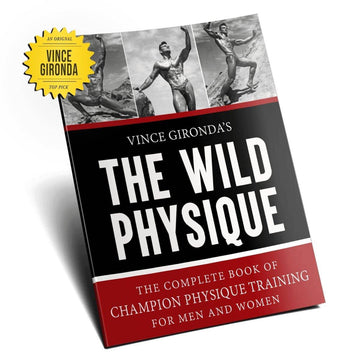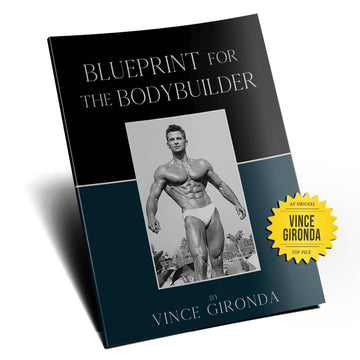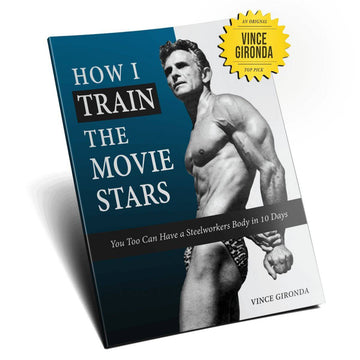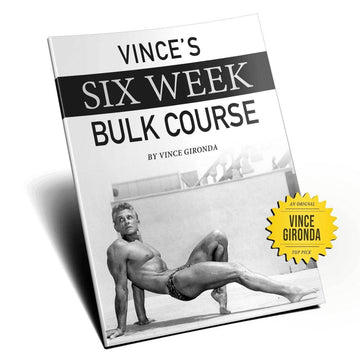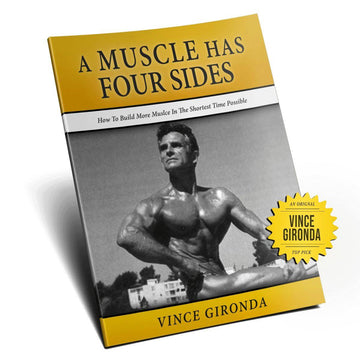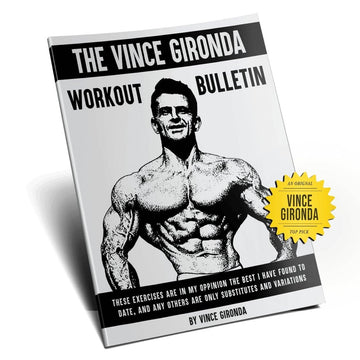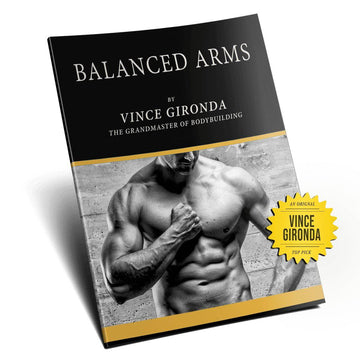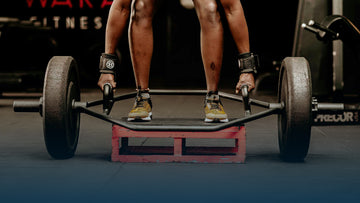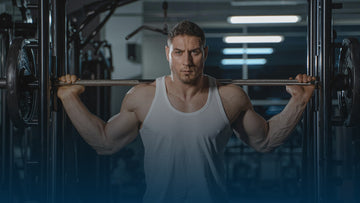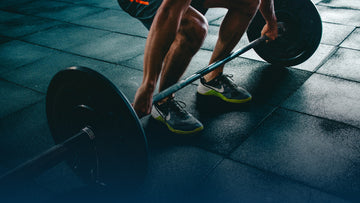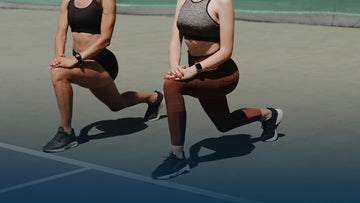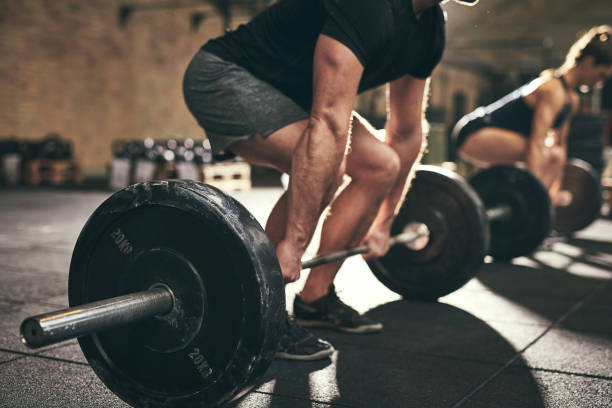
Deadlifts: the ultimate full-body workout and the ultimate show of strength.
Whether you’re a gym newbie looking to finally take it up a notch but aren’t quite sure how to deadlift without breaking your back, or you’re just curious and want to know about this stuff you may have come across on the internet, this article is for you.
What you're gonna learn today is pretty much everything you need to know about deadlifting; so stick around to find out how you can replicate the perfect deadlift forms and techniques to increase your gains.
As effective as it may be, performing deadlifts correctly is a very complicated process and if you rush into it, you may sustain a serious injury that could hamper you from ever carrying out a deadlift again.
Deadlifts are regarded as the king of all exercises because not only is it a great indicator of strength and gains, there is a good chance that you will be able to lift heavy weights in general.
It is also a full-body exercise, but works the hamstrings, glutes, quads, and lower back muscles as well.
Why Deadlifts?
Deadlifts help to:
- Improve your posture
- Build your back muscles
- Improve your grip strength
- Gives you an all-round aesthetic look
- Targets all major muscle groups.
Deadlifting In the Golden Era
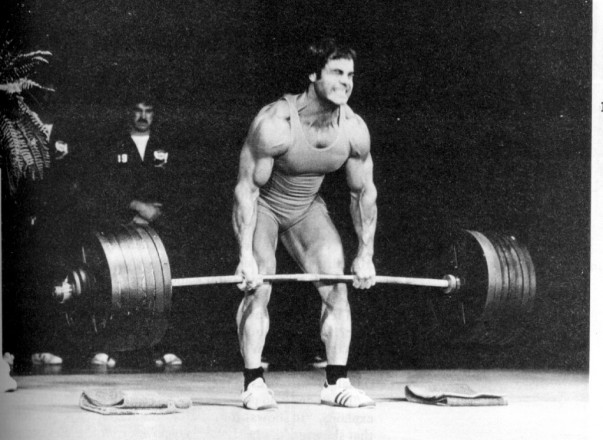
Most Golden Era bodybuilders actively did deadlifting exercises to increase muscle gains and physiques and build strength for regular weightlifting exercises.
Golden Era bodybuilders used deadlifts to make incredible gains in their strength and their physique. It’s no surprise that Franco Columbu, who was an avid deadlifter, is considered to be pound for pound, the strongest bodybuilder of all time.
Franco passed away three years ago in August 2019 at 78 and won several titles such as Mr. Universe, Mr. World, Mr. Europe, and two Mr. Olympia titles in 1976 and ’81 and racked up an incredible record of a 750-pound deadlift (340kg).
Types of Deadlifts.
Now on to the different forms and types of this exercise. Here’s a list of all the deadlift exercises you can try.
- Conventional Deadlifts: The conventional deadlift is what you see 9 times out of 10 in the gym. A proper form is a key to getting a deadlift right so here are the correct, proper steps to carrying out a deadlift so you don’t injure yourself.
Remember; the deadlift is a complex exercise, but all you have to do is follow and practice these steps and you’ll be a pro in no time.
How To Deadlift Properly
- Approach and stand directly over the bar so that it’s directly over the middle of your foot.
- Without bending your shins to the barbell, grab the barbell. Do NOT raise the barbell just yet. Make sure your fingers make contact with the bar as well.
- Bend your knees so your shins make contact with the bar
- Simultaneously lower your hips and lift your chest until your back is perfectly straight
- Pull your shoulders down towards your hips
- Widen your hips so that your knee caps are touching the insides of your elbows
- Initiate the lift by driving your feet into the floor and standing up - make sure you keep your shoulders over the bar and maintain a straight spine
- Drag the barbell up your thighs until you are in an upright position. Hold for an end position for 1-2 seconds.
- Push your hips back and drop the barbell to the floor.
Tips for this exercise
- Start slowly: This advice applies to both heavy lifting and deadlifting exercises. Deadlifts are a very advanced exercise and a minor slipup can result in severe injuries that’ll end your entire progress before you even start. So start slowly, with the appropriate weights, and avoid ego-lifting.
- Maintain good breathing technique: Like any exercise, make sure you maintain good breathing technique; the Valsalva maneuver is a good way to maintain a perfect breathing form while deadlifting
Named after Italian physiologist Antonio Valsalva, this breathing technique involves holding your breath while your glottis is closed. Or to put it simply; taking a deep breath while and bearing down.
- Don’t lift with your arms.
- Use lifting straps and belts: Contrary to what some might think, those aren’t for show at all.
Straps help secure the bar to your hands during the lift so you aren’t limited by grip strength while belts maintain abdominal pressure and keep your spine in the proper position so make sure you get yours here:
Have a good pre-workout drink: Deadlifting takes a lot of energy so make sure you have enough to pump all that iron. NSP’s Energize is a perfect choice for giving you that added strength that you need for this exercise so make sure you get yours now while you still can.
Dumbbell Deadlift – uses a dumbbell rather than a barbell, conditioning circuits
Romanian Deadlift – where you hinge your hips and set them back as you lower along the leg to your shin, a great workout to target the hamstrings and glutes.
Sumo Deadlift – The second most popular deadlift form. This deadlift emphasizes mobility that requires that you take a wider stance and put your hands closer together. In our next blog post, we’ll be comparing and contrasting the sumo and conventional deadlift so you can decide which form of deadlift you feel is better for you overall... but for now, focus and practice your conventional deadlifts.
- Block Deadlift – the opposite of the deficit deadlift, you put the barbell on blocks to reduce the range of motion, allowing you to lift more weight
- Snatch-grip Deadlift – for this deadlift, you use a wider grip greater than shoulder-width apart, working your back and quad muscles even more
- Trap Bar Deadlift –This deadlift is done with the trap bar rather than a standard barbell. These come in handy if you have a recurring injury or if you are just recovering from one, as well as for beginners who are just learning how to deadlift and is a great lower body exercise for your glutes, hams, quads, and even back.
- Rack Deadlift – Can be done with a standard barbell on the rack machine, or inside the rack squat as well. Helps you with your training and form.
- Stiff leg Deadlift – the knees stay fixed, which allows you to target the hamstrings as well.
Conclusion
That’s about it for deadlifts for now, but we’ll be sure to give you more deadlifting content over time.
Remember to stay safe and more importantly practice your technique and you’ll be stacking up more plates in no time!
PS: If you're STILL looking for a challenge, why not check out Vince Gironda's 8x8 Workout regime?
